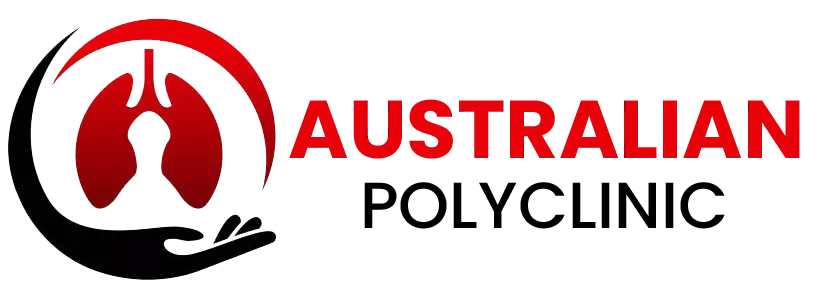Breathing requires a coordinated muscle activity of muscles, not only muscles involved directly with breathing, but also other muscles involved in exercise and maintenance of posture. It is pertinent to understand what muscles are involved in breathing at rest and during exercise.
Breathing at rest:
We breathe around 12 times a minute at rest, drawing approximately half a litre air with each breath. Our breathing capacity or minute ventilation is about 6 litres of air/min. Diaphragm is a dome-shaped muscles separating chest cavity from the abdominal cavity and is our primary muscle of breathing at rest. When it contracts, it become tight and draws itself downward, increasing negative pressure in the chest cavity which makes our lung to expand, and air is sucked in. When the diaphragm relaxes, it resumes its dome shape by elastic recoil, which makes less space in the thoracic cavity (increase pressure) which makes lung to squeeze, letting air to move out. There is also spring like very sophisticated movements of the ribs which helps us breathing at rest.
Muscles of breathing:
Primary muscle
- Diaphragm
Secondary muscles
- Internal intercostal muscles (expiration)
- External intercostal muscles (inspiration)
- Sternocleidomastoid muscle (inspiration)
- Latissimus dorsi (inspiration)
- Abdominal muscles (abs) (expiration)
- Neck muscles (scalene) inspiration
- Interspinous and posture muscles
Breathing during exercise:
As we start exercise, we start breathing a bit deep and faster, initially a little more breathing than required for the exercise but it reduces as compared to the workload as we continue to work out, matching it well to the level of exercise. As the breathing gets deeper and faster, other muscles start doing more active work including neck and abdominal muscles. If arms are stabilised against some structure (like bike handle) latissimus dorsi muscle can also provide an extra kick. This makes the expiration more active.
Accessory muscles can be used a lot better if arms are fixed and firm as in case of road bike. Hybrid bike does not provide that extra support.
Maximum Minute ventilation:
As breathing increase, tidal volume (amount of air breathed out in one simple breath at rest) increases significantly from 0.5 litre to 3-4 litre per breath. Breathing rate is increased form 10-12 to >40 breaths/min. Maximum minute ventilation can increase to >100litre per minute in trained athletes.
Improvement in endurance:
Endurance requires multiple steps to improve, including cardiac, lung and exercising muscle capacity.
In our next blog, we will discuss how to improve lung capacity, providing an extra quick in person who wants to train hard, to achieve better results and an extra edge compared to their competitors.
Australian Polyclinic,
CCA Phase 5 DHA, Lahore
0311 057 3333
Dr G Sarwar Chaudhry
MBBS (King Edward Medical College)
Fellow Royal Australasian College of Physicians (FRACP Australia)
Fellow American College of Chest Physicians (FCCP)
Conjoint Lecturer, University of Newcastle, NSW, Australia
Consultant Pulmonologist and Sleep Physician
Consultant General Physician www.australianpolyclinic.com
